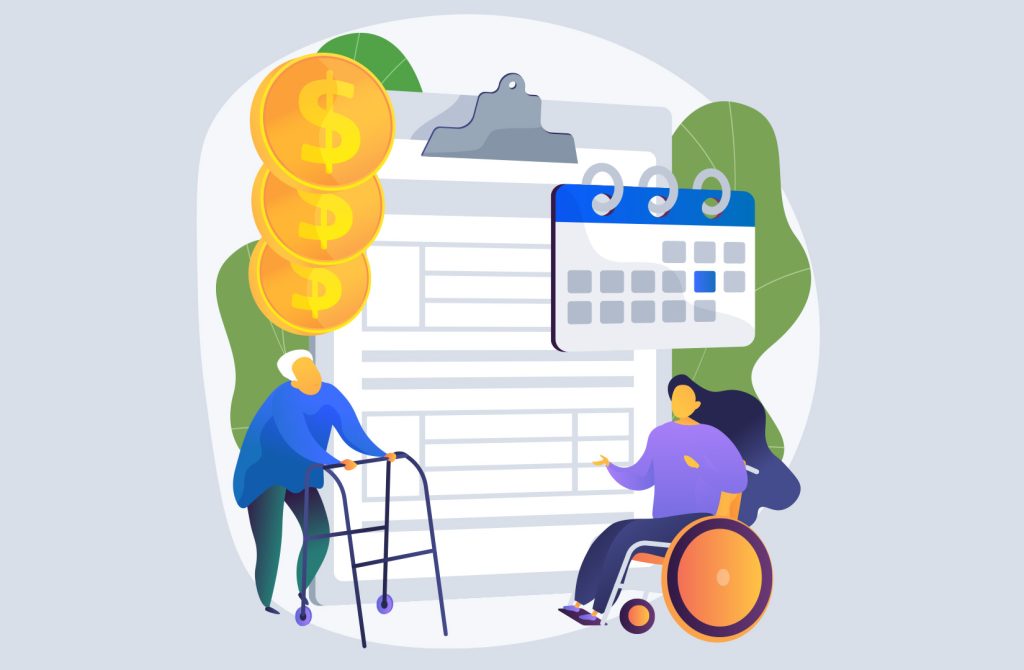Navigating the National Disability Insurance Scheme (NDIS) can sometimes feel like learning a whole new language—especially when it comes to funding for equipment and assistive technology. The good news? Once you understand the process, it’s much less intimidating than it first appears.
This guide will walk you through what equipment funding looks like under the NDIS, and how to access it without the stress.
What Counts as Equipment Under the NDIS?
The NDIS uses the term “assistive technology” (AT) to describe equipment or devices that help you do things more easily, safely, or independently. This can include:
- Wheelchairs and mobility scooters
- Hoists and patient lifters
- Pool and water access equipment
- Transportation devices
- Modifications to help with daily living
If it supports your goals and makes everyday life easier, it could be covered.
Step 1: Identify Your Needs
Think about the challenges you’re facing day to day. Maybe you want safer access to your local pool, need a new wheelchair, or require equipment to make your home more accessible.
Your needs should always link back to your NDIS goals—these are written in your NDIS Plan and guide what funding you can access.
Step 2: Get Professional Advice
Before the NDIS will fund equipment, you’ll usually need input from an allied health professional (like an occupational therapist or physiotherapist).
They’ll assess your situation and recommend the right equipment, ensuring it’s fit-for-purpose and safe for you to use. For some items (like simple, low-cost products under $1,500), you may not need a formal assessment.
Step 3: Check Your NDIS Plan
Equipment funding typically sits under the “Assistive Technology” or “Capital Supports” budget in your plan.
Low-cost items (like shower chairs or grab rails) can often be purchased directly.
Specialised or high-cost equipment requires quotes, reports, and approval before ordering.
If you’re unsure which budget your request fits into, your NDIS planner, support coordinator, or Local Area Coordinator (LAC) can guide you.
Step 4: Submitting Quotes
For higher-cost items, the NDIS typically requires at least one formal quote from a registered provider. Your therapist can help gather the paperwork, which might include:
- A justification report (why this equipment is necessary)
- Supplier quotes
- Evidence of how the equipment links to your NDIS goals
Step 5: Approval & Ordering
Once your application is lodged, the NDIS will review the request. Approval timelines vary depending on complexity, but once it’s approved, you can order your equipment through your plan’s funding (either agency-managed, plan-managed, or self-managed).
Helpful Tips
- Keep records of all assessments, quotes, and correspondence—it makes the process smoother.
- Plan ahead—big-ticket equipment often takes time for assessment, approval, and installation.
- Ask for help—your support coordinator, LAC, or provider can guide you through each step.
The NDIS can feel complicated, but when it comes to equipment funding, it’s all about linking your needs to your goals and following a clear process. With the right support and advice, you can access equipment that transforms daily life—helping you live with more independence, safety, and freedom.
At Para Mobility we frequently work with clients who are utilising NDIS funding and can help provide quotes and guidance. Contact our team to discuss options on 1300 444 600 or use the online quote request form.


